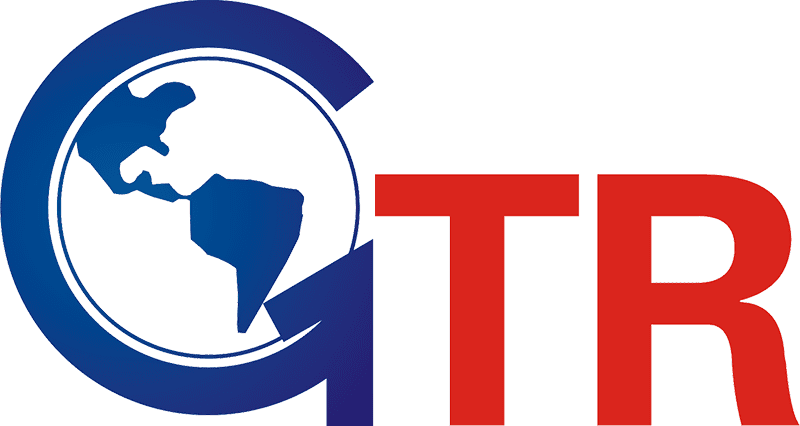There are two types of motor laminations available on the market: stator laminations and rotor laminations. Motor lamination materials are the metal parts of the motor stator and rotor that are stacked, welded and bonded together. Motor laminate materials are used in the manufacturing of motor units to improve motor performance and reduce losses. Key characteristics of a motor such as temperature rise, weight, cost and motor output and motor performance are greatly influenced by the type of motor lamination material used, so it’s important to choose the right motor lamination material.
You can find several types of motor laminations produced by motor laminations manufacturers for motor assemblies of different weights and sizes. The selection of motor lamination materials depends on various criteria and factors such as permeability, cost, flux density and core loss. Silicon steel is the material of first choice, because the addition of silicon to steel can increase the resistance, magnetic field capability and corrosion resistance.
Growing demand for high efficiency motors and expansion of end-use industries such as industrial, automotive, oil & gas industries, and consumer goods have significantly increased the demand for novel motor lamination materials. And key motor lamination manufacturers are working to reduce the size of motors without changing prices, which also creates demand for high-end motor laminations. Moreover, to improve the performance of motors and reduce heat loss, market players are investing heavily in developing new motor laminations. However, lots of energy and mechanical forces are needed for the manufacturing of motor lamination materials, thus increasing the overall manufacturing cost of motor laminations. In addition, fluctuations in raw material prices may hamper the development of the motor lamination materials market.
The growing construction industry requires advanced construction equipment and stimulates the growth of motor laminations manufacturers in North America and Europe. Motor lamination manufacturers may see many new opportunities in India, China and other Pacific countries due to the expansion of automotive and construction industries. Rapid urbanization and increased disposable income in Asia Pacific will also boost the growth of motor lamination market. Latin America, Middle East Africa, and Eastern Europe are emerging as manufacturing hubs for automotive assemblies and are expected to generate substantial sales volumes in the motor lamination market.
Post time: May-19-2022
